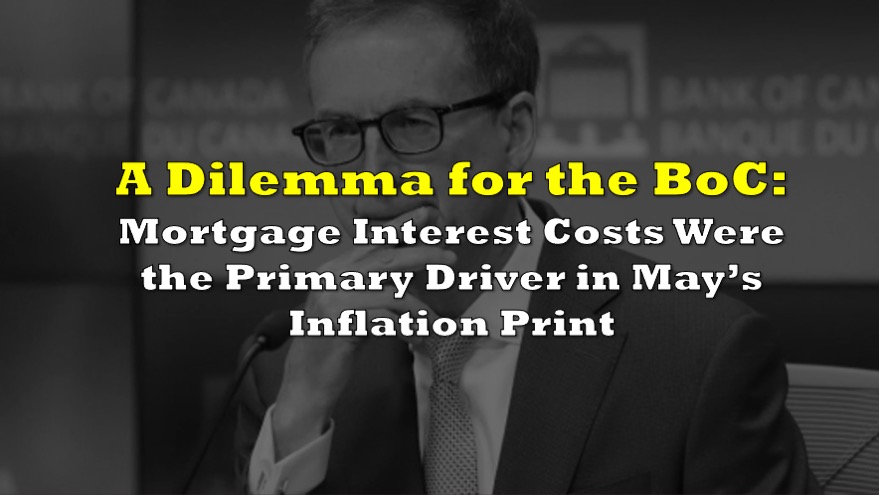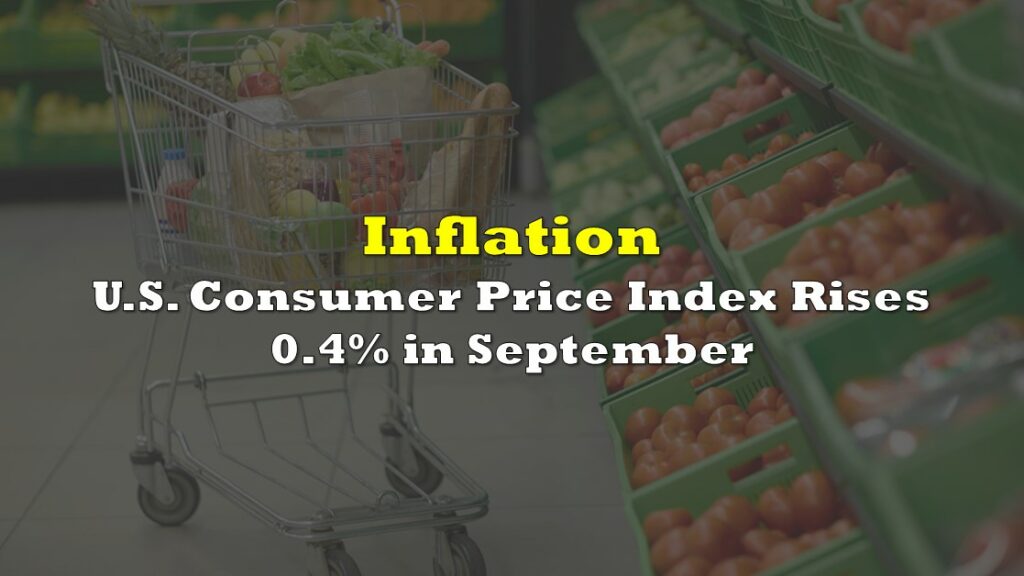The latest CPI print has done little to settle the debate between team “transitory” and team “persistent” inflation— if anything, it has only intensified the two polarizing viewpoints. Indeed, as Deutsche Bank’s Jim Reid puts it, “even though US CPI smashed expectations again, the data isn’t going to change anyone’s mind of whether inflation is transitory or not.”
Putting the debate aside, however, Reid finds an even more interesting signal that might be of interest to investors. The current divergence between the US CPI and the 10-year Treasury yield has surged to 3.5%— the widest since 1980. Even more interesting, though, is the fact that the gap has only ever been negative for 10 months in the past 70 years, being in 1974, 1975, and 1980.

“Such a deeply negative (albeit crude) proxy for real yields is great for financial conditions today,” explained Reid. however, he asks, “are we building up to a big accident with such a mismatch between inflation and bond yields?”
Coincidentally, it is interesting to note that the Federal Reserve has not mentioned how high it anticipates inflation will actually reach as the economy continues to reopen. Just like the rest of us, officials are probably surprised by the latest April and May print, albeit they will likely continue to peddle the “transitory” narrative come next’s policy meeting.
Indeed, as inflation continues to inch higher, inflation expectations and wage demands will correspondingly rise as well. Already, employers are struggling to fill vacant positions as workers demand higher wages amid a booming demand for goods and services. This means that the pre-pandemic labour force participation rate may have to increase even further than previously anticipated in order to mitigate secondary effects.
In the meantime, the Fed will presumably refrain from quantifying its inflation expectations until all unemployment benefits are phased out and schools fully reopen. Investors are now stuck waiting until September’s data for clarification on whether the current labour shortage is due to generous unemployment benefits (which are slated to expire then), or if other, not-so-transitory factors are at play.
In short, the gap between the CPI run rate and the 10-year yield brings attention to the idea that investors may end up startled if inflation does not end up being so transitory, regardless of what the Fed claims.
Information for this briefing was found via Barron’s. The author has no securities or affiliations related to this organization. Not a recommendation to buy or sell. Always do additional research and consult a professional before purchasing a security. The author holds no licenses.








